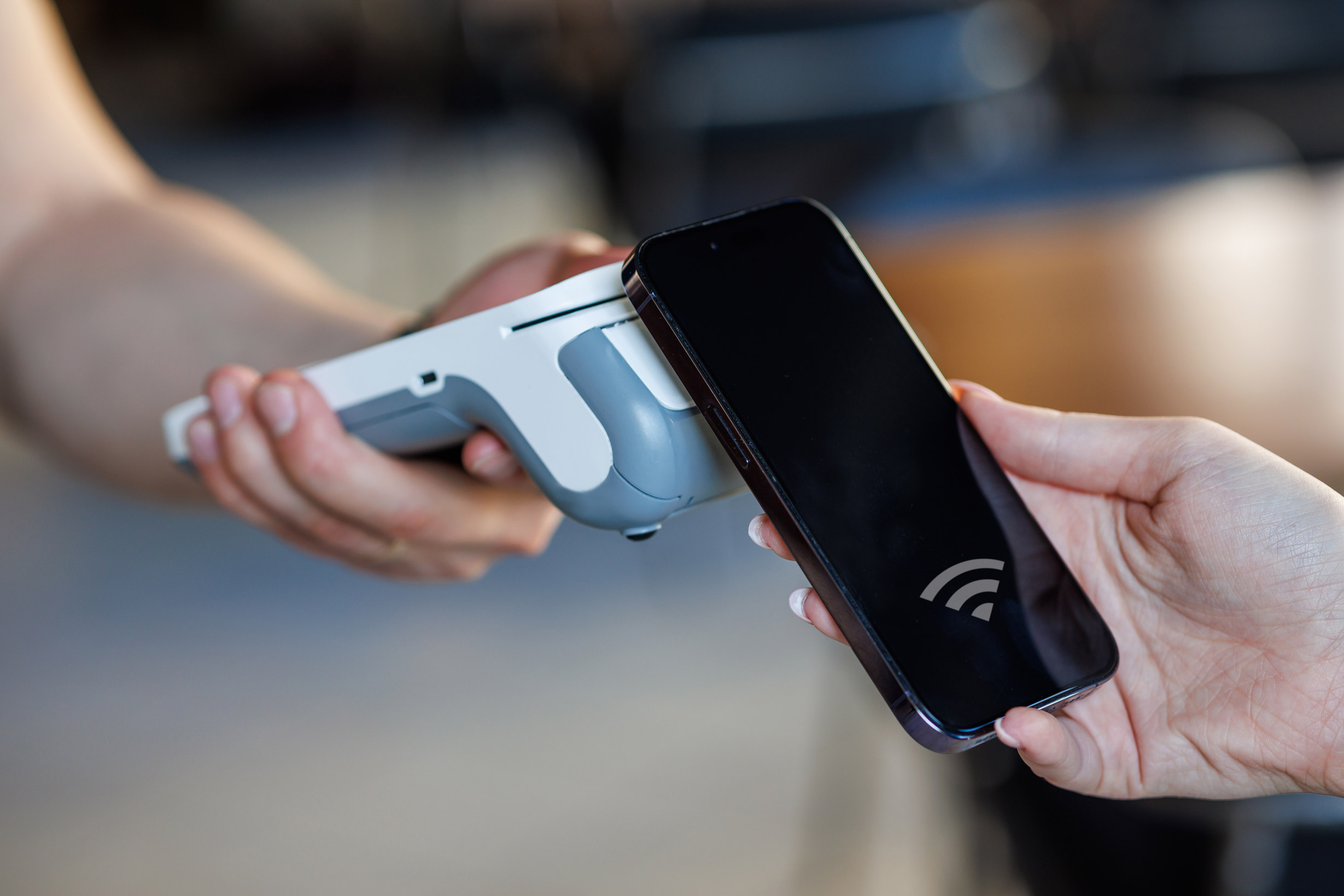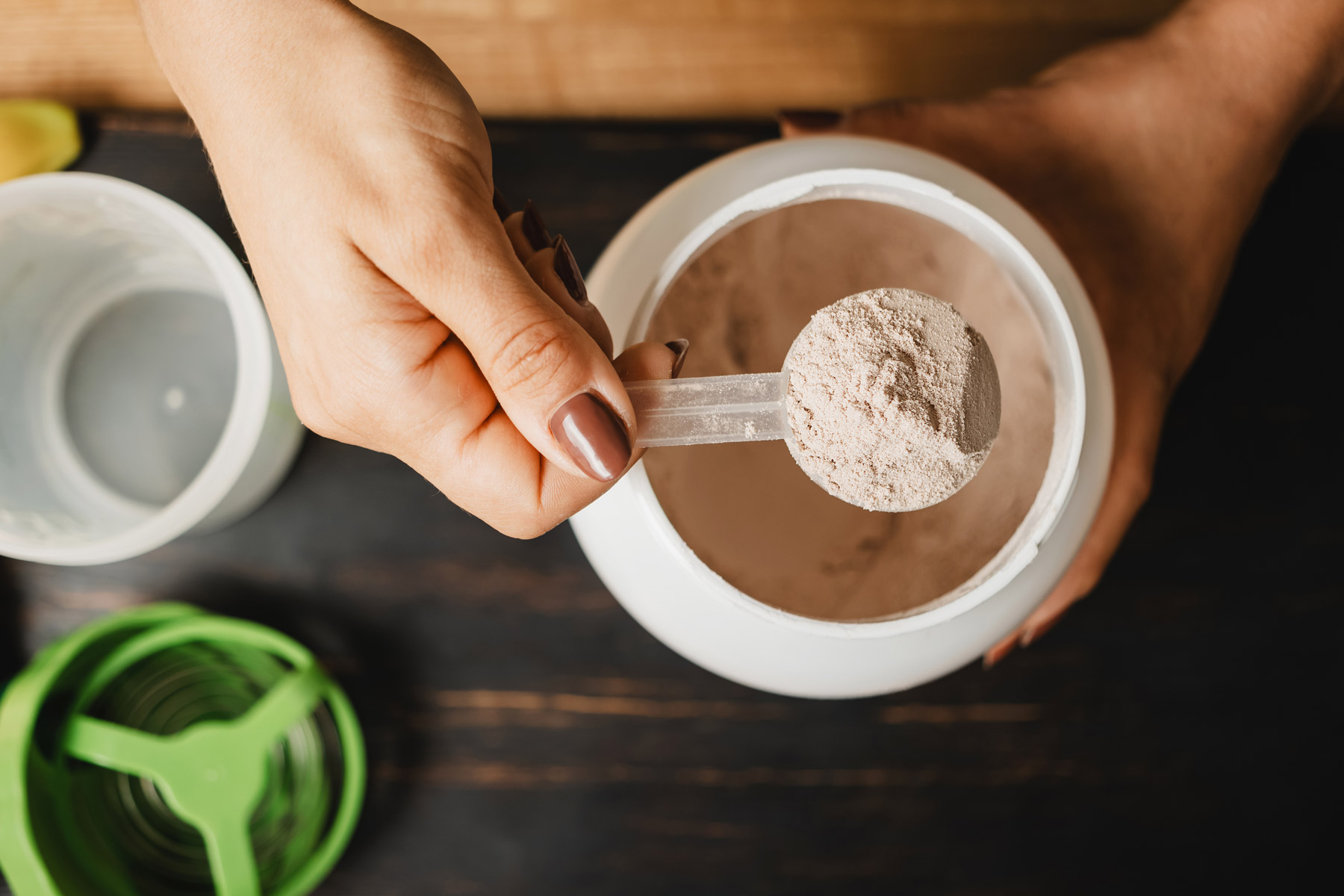Low Carb and Low Sugar Product Marketing: SEO, Content, Influencers and PR in 2023


Low sugar and low carb food and drink products are continually hitting the market, with interest rising among all sorts of audiences.
From those with a general interest in dietary wellness, nutrition and fitness through to those (like myself) who have a medical condition where low sugar items are a necessity, there’s plenty of customers - if brands can connect with them successfully.
A quick snapshot from the UK market:


Marketing low-sugar food and drink products can benefit from some quite specific approaches that cut across both traditional and digital marketing.
As someone with type 2 diabetes, I know that my own searches vary between practical and focused on nutrition, to being broader and focused on ‘types’ of products and recipes - for different meals and different times of the day.
Customers like me have a variety of priorities from how closely the products match our health goals, trust in the brand, price (of course) and what the trade-off might be between healthiness and enjoyment.
After all, nobody wants to subsist on bland food and drink items even if they do have health and wellness considerations.
The Market Opportunity - and a Critical Challenge
While some grocery brands have a century of brand prominence, specific niches like low-sugar categories don’t always have an obvious market leader.
With this in mind, there’s good logic to boost brand messaging in the hope of becoming synonymous with the category, while also a need to be present when undecided shoppers are looking for information about products via non-brand search.
In SEO terms however there’s a very significant challenge for brands - the strength, depth and breadth of competition that comes from huge sites that feature recipes like BBC Good Food and Good Housekeeping, as well as more medically-oriented sites like Diabetes.org or Healthline.

Given the health aspect of these searches, the E-E-A-T (Experience, Expertise, Authority, Trust) factor is key - and large, well-established sites with formal and informal credentials will continue to take up a lot of the real estate in search.

So, from a search perspective, what can brands do if they’re not willing to surrender to publishers, health sites and wellness gurus in the SERPs?
Low Carb and Low Sugar Product SEO
This is not a straightforward niche for SEO for most organisations - but at ICS we have first-hand success in carving out some major wins. Some of the basic principles to follow with food and drink SEO in this particular niche include:
- Create content inspired by top-performing posts around recipes, nutrition and more, inspired by what currently performs well in search but which can genuinely be improved upon - there might be a large fight ahead, but you need content that can be ranked for high value non-brand searches to be in contention for top positions.

Protein bar manufacturer Grenade demonstrate a very well-executed blog content strategy, commanding 2,000 keyword rankings and driving an estimated 5,000 monthly organic users in the UK to their lifestyle-focused content.

Some of the highlights in terms of non-branded keyword performance can be seen below:
While such content is targeted at the top-of-funnel and unlikely to be aggressively optimised around product sales, the cumulative impact both in terms of consumer nurturing, SEO authority building and brand awareness is not insignificant.
- Bring influencers and medical professionals on board where appropriate, ethical and useful - not necessarily to explicitly endorse specific products, but to contribute rankable thought leadership - and use THEIR networks to amplify content, earn links and build authority into the site through E-E-A-T.
- Identify off-site SEO opportunities - while the authority of onsite content may be hard to compete with when going up against century-old publishers and medical institutions, a competitive edge can be found through tactical analysis of backlinks. Remember that in principle, Google ‘ranks pages, not websites’ so if you can increase the authority of particular pages and page categories through link acquisition, you should be able to win some key battles.
Take My Kids Lick the Bowl, for example. With a Domain Authority of 50, you wouldn’t necessarily expect this blog to compete with the likes of BBC Good Food and Eating Well for a page 1 ranking for ‘low sugar recipes’.

But through a combination of compelling content, a clearly defined niche (recipes for children and babies) and a strong backlink profile, this ‘mummy blog’ punches well above its weight, securing a position #10 spot for the search term.
All of the above hinges upon having the SEO savvy to put a well-structured SEO plan together, and then back it up with content, links and an element of technical superiority - give better, more useful answers in a faster, more accessible way and the game is on.
Low Sugar and Low Carb Product Marketing Strategy
So - what other aspects of strategy do low carb and low sugar brands emphasise to cut through the noise?
- Emphasise health benefits: One of the main reasons people choose low-sugar foods is for health reasons - but there’s some understandable hesitancy around making easily-challenged claims.
For those that have subjected their products to clinical trials or other tests, it’s important to emphasise benefits where this can be done in an honest way. This isn’t about being a cure-all but if there are contributory health benefits such as lower risk of obesity, diabetes, and other health issues associated with high sugar or carb consumption, weaving these into brand messaging, advertising, onsite content and packaging is key.
- Use social media wisely: Social media platforms can be pretty crowded when it comes to content around health, from fitness groups on Facebook to micro-influencers on TikTok and YouTube and beyond.
The mistake some brands make is focusing on paid partnerships when they could be creating their own audiences, or not getting sufficient value from partnerships that could be significant.

Rather than trying to capture every possible audience at once, take a segmented approach focusing on different battlegrounds - health benefits, recipes, personal endorsements, testimonials, nutrition facts, scientific research and more.
Visual content that makes potentially complex information more digestible is important - and use of subtitles to draw in attention for the huge numbers of people who scroll video content without sound is an essential step to draw new audiences in.
- Leverage relevant external influencers: Partnering with influencers in the health and wellness space to promote your product make sense - but as many brands have found to their detriment, sometimes ‘going big’ with name influencers at high cost dilutes impact whereas more niche personalities who can resonate once again on a more segmented level, may work better.
In every case, trust is paramount and any partnership should enhance the reputation of the brand, not diminish it.
Validating follower and engagement metrics are one part of this but more importantly is the qualitative nature of the content produced - reach without authority is useless in a sector where trust is paramount.
The right influencers will also want to work in a collaborative way - so invest in content, supporting assets and easily-digested facts and figures will help to resource them and mean you’re co-creating meaningful content - not just blasting out flat messaging.
The more support you can give influencers and the more relevant your offering is to their audience, the better deals you can strike too..
- Establish strong foundations across brand identity and packaging design: when trying to lead a burgeoning category, visuals matter. Taste (and health benefits) are completely hypothetical before a product purchase while a truly well-thought out brand identity and practical guidelines for tone of voice through to packaging design itself can inspire interest, while also standing out on digital and physical store shelves.
There’s already an abundance of low sugar, low carb brands who lean into the non-corporate, ‘disruptive’ messaging that’s intended to stand in contrast with other food and drink brands - taking a more creative approach makes sense for new brands looking to carve our their own identity.

Once the hard miles have been done to create this brand and visual identity, it can be seeded throughout onsite copy, advertisements, the supporting collateral for PR and influencer campaigns and the physical product - consistency helps inspire trust, a concept we keep coming back to and one that’s essential for a new brand to inspire a first purchase.
- Don’t forget taste: While health benefits are important for those scouring store shelves or carrying out non-brand searches online, taste can’t be under-emphasised in food and drink purchasing decisions.
Health benefits that aren’t couple with enjoyment aren’t going to inspire customers - so even if your product provides a different experience to the norm, it’s good to emphasis the positives about what IS on offer - and embody that brand promise through all channels.
For the low sugar, low carb food and drink space there are some big challenges and big opportunities for marketers.
There’s a lot to do at once from all of the work that comes with any brand launch through to the specifics of building up a brand identity that is based on honest claims about health and wellness, while also offering flavours to get excited about.
The SEO battleground is a tricky one but waving the white flag is no solution - and the value of organic traffic cannot be under emphasised given the potentially high costs associated with OOH, TV and other forms of advertising.
Taking on the challenge to build out rankings across relevant keyword clusters for multiple target audiences is a winnable fight - with the right approach to onsite content, technical SEO and site structure and of course sustainable and topically-relevant link acquisition.
Similar Posts









